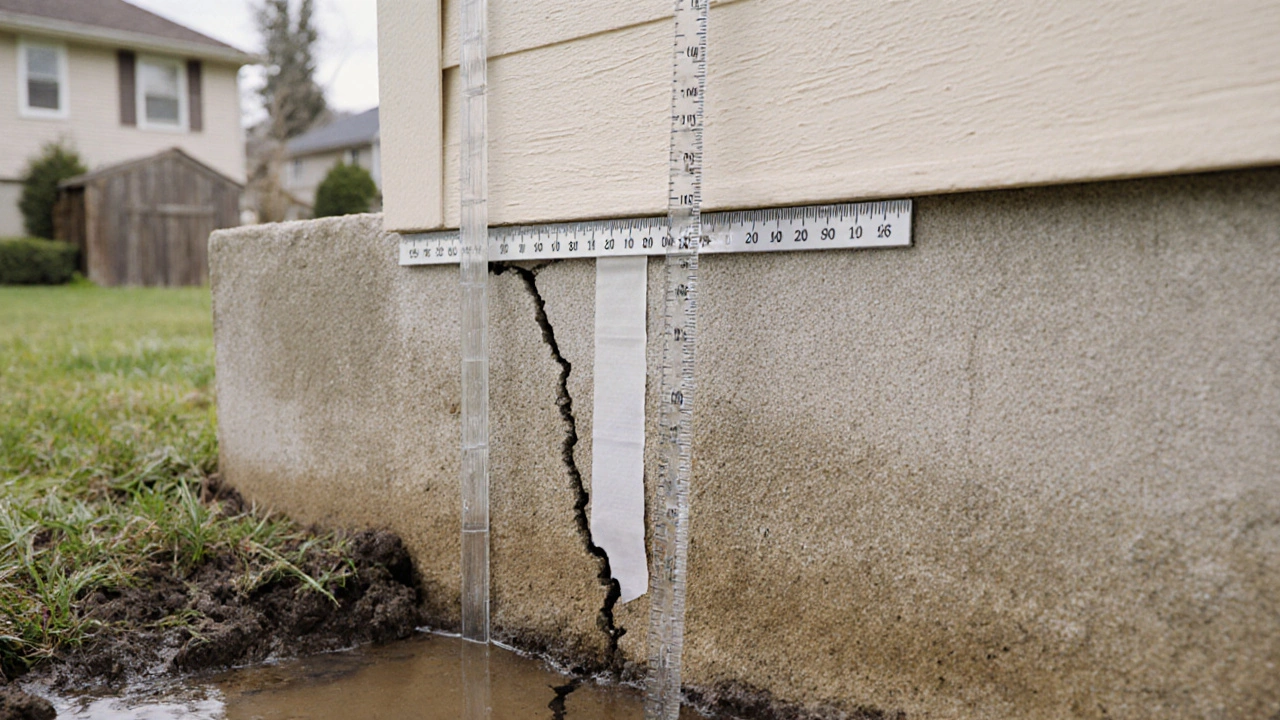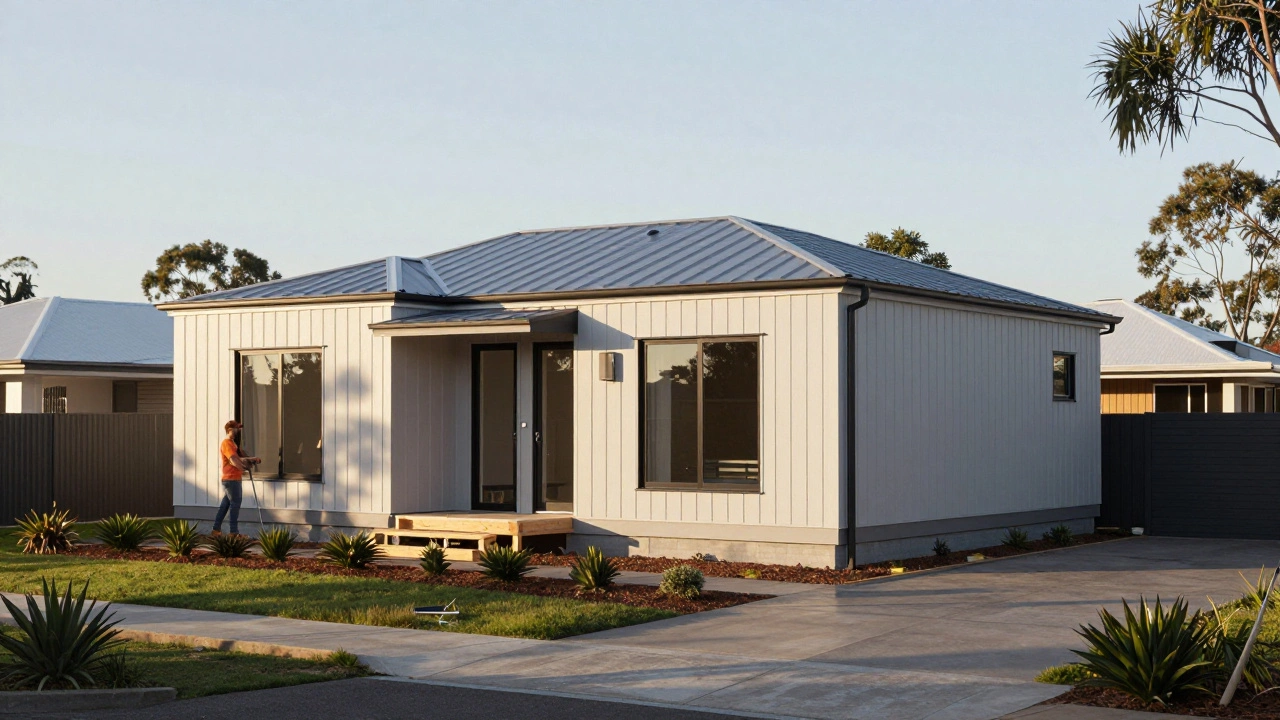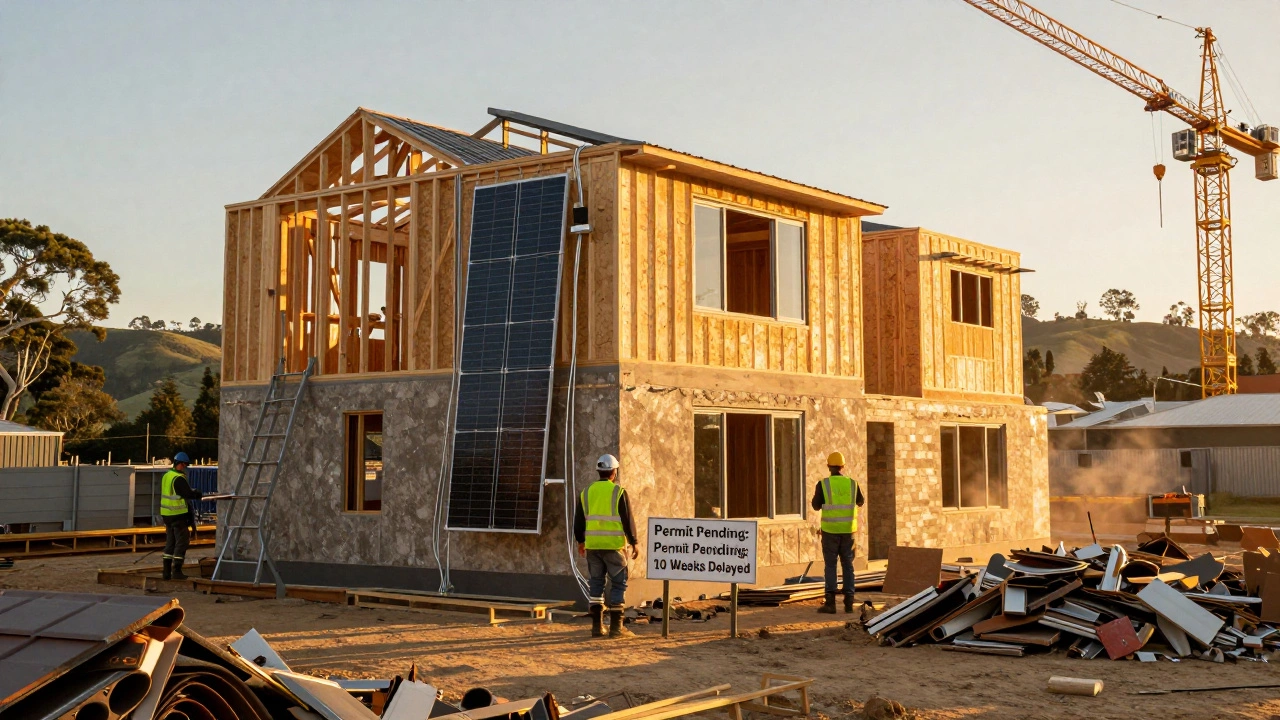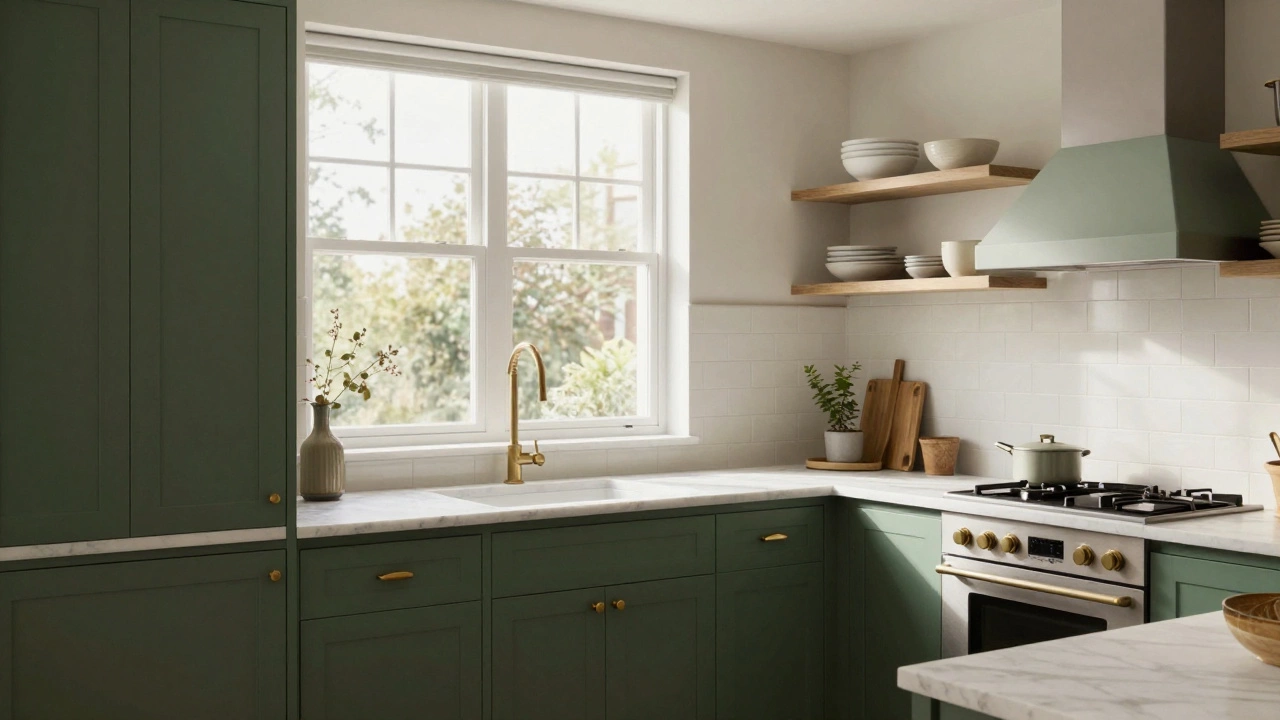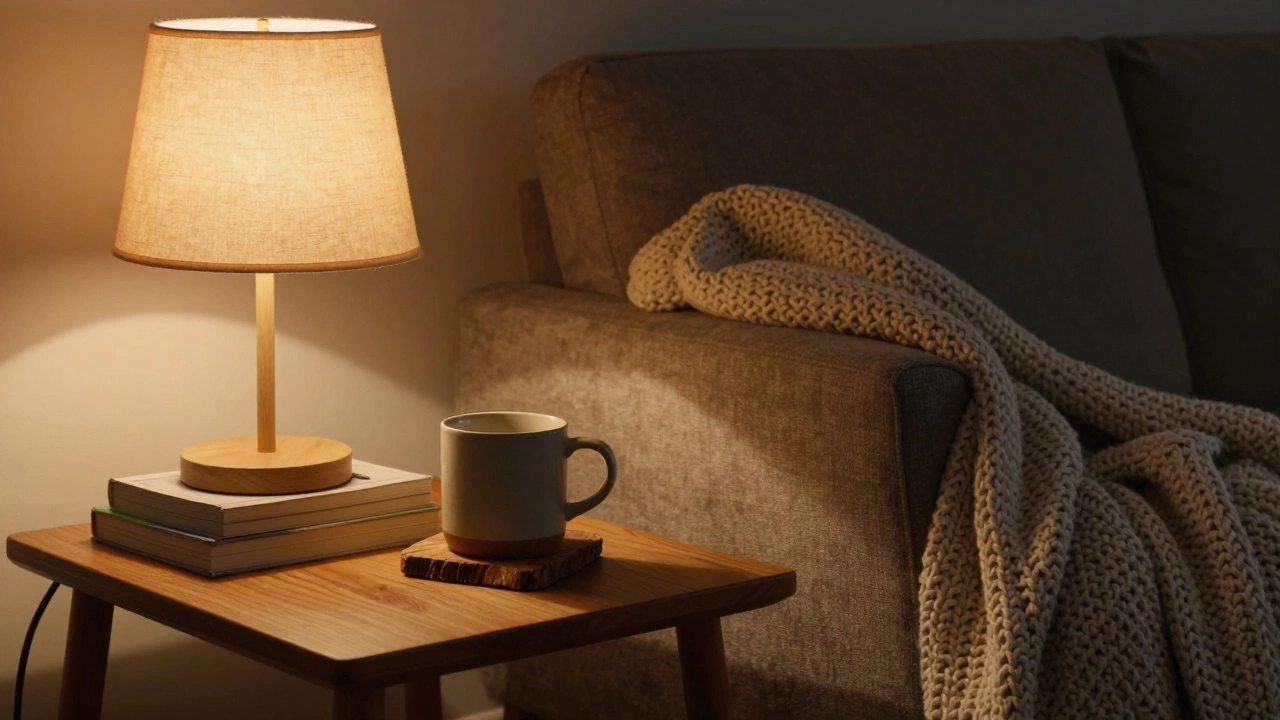Foundation Crack Severity Checker
Crack Assessment Tool
Enter measurements to determine if your horizontal foundation crack requires professional attention
Severity Assessment
When a horizontal foundation crack is a fracture that runs parallel to the ground surface within a building’s concrete footing or block wall, homeowners often wonder how dangerous it really is. The seriousness of horizontal foundation cracks depends on several factors, from the size of the opening to the forces pushing against the wall.
Key Takeaways
- Crack width and length are the first red flags; >¼ inch often means structural concern.
- Soil pressure, moisture, and settlement drive most horizontal cracks.
- Simple visual checks can rule out cosmetic issues, but a professional assessment is critical for wider or moving cracks.
- Repair methods range from carbon‑fiber straps to full underpinning; cost and invasiveness vary widely.
- Preventive steps-good drainage, proper waterproofing, and regular inspections-keep new cracks at bay.
Understanding Horizontal Foundation Cracks
The foundation supports the entire weight of a structure and transfers loads to the soil is the first line of defense against settlement and shifting. Horizontal cracks usually form in the lower portion of concrete block or poured‑concrete walls, parallel to the floor. They differ from vertical or diagonal cracks, which are often tied to shrinkage or thermal movement.Typical causes include:
- Excessive soil pressure the lateral force exerted by expanding or shifting earth on the foundation wall, especially in clay soils that swell when wet.
- Hydrostatic pressure from poor drainage, which forces water into the soil and pushes the wall inward.
- Uneven settlement caused by weak or eroded footings.
- Construction errors, such as insufficient reinforcement or premature load placement.
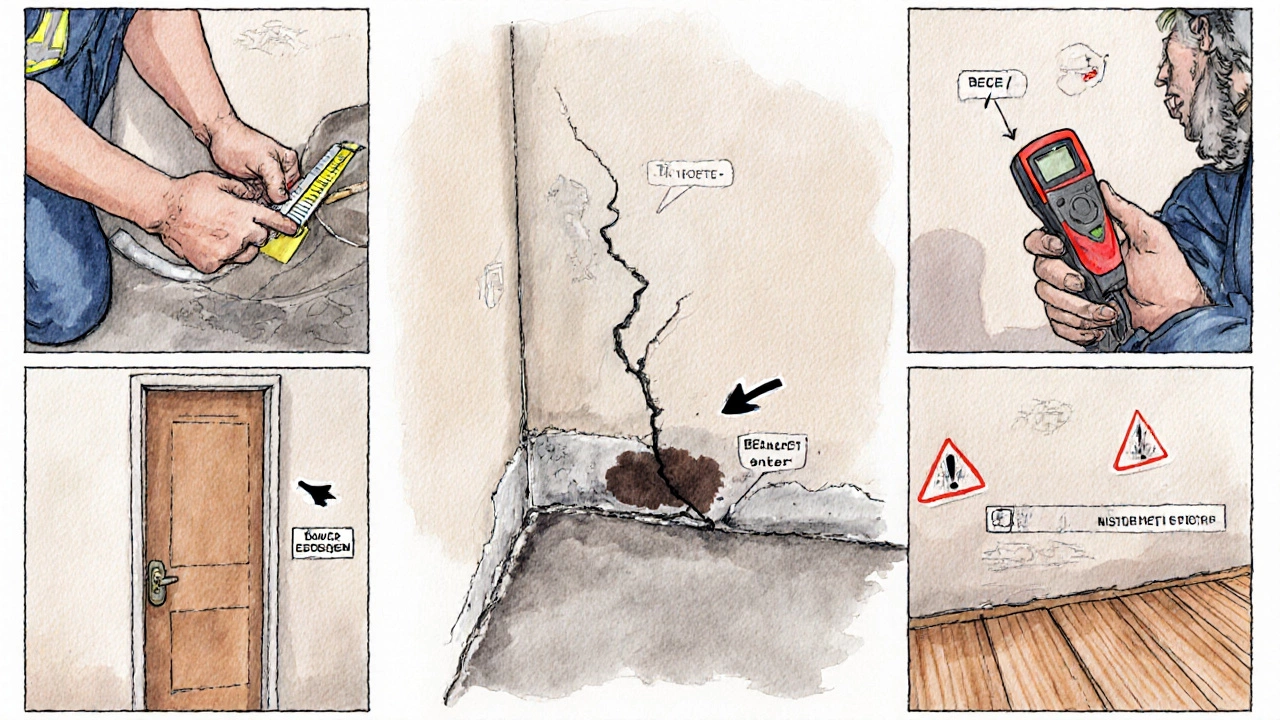
How to Evaluate the Severity
Assessing seriousness starts with a visual inspection and a few simple measurements.
- Measure the crack width. Use a millimeter ruler or a crack‑width gauge. One of the quickest ways to gauge seriousness is by measuring the crack width the distance between the two crack faces, typically in fractions of an inch. Cracks under 1/16 inch are often cosmetic; those over 1/4 inch merit deeper scrutiny.
- Check the length and continuity. A short, isolated crack (< 3 feet) is less worrisome than a long, continuous line that spans multiple courses of block.
- Watch for movement. Place a piece of painter's tape across the crack and mark both ends. Re‑check after a week or after heavy rain. Any shift indicates active forces.
- Look for associated signs. Bowed walls, sticking doors, or uneven floors often accompany serious horizontal cracking.
- Assess moisture. Moisture stains or efflorescence suggest water infiltration, which can amplify soil pressure.
Document findings with photos and notes. If any measurement exceeds the typical thresholds-width >¼ inch, length >6feet, or active movement-consider the crack a potential structural issue.
Critical Thresholds for Structural Safety
Professional engineers use these rule‑of‑thumb limits to decide if a crack threatens structural stability the ability of the building to maintain its shape and load‑bearing capacity:
- Width: >¼ inch (6mm) usually signals that the wall is under significant lateral stress.
- Displacement: Any visible separation between adjacent blocks or bricks is a red flag.
- Depth: Cracks that reach the footing or extend into the slab are more serious than surface‑only cracks.
- Movement: Measurable shift over a 24‑hour period indicates ongoing pressure.
If your crack crosses any of these lines, it’s time to bring in a qualified professional.
Repair Options Overview
There’s no one‑size‑fits‑all fix. The right method depends on crack size, soil conditions, budget, and how quickly you need results. Below is a quick comparison of the most common approaches.
| Method | Typical Cost (US$) | Ideal Use | Pros | Cons |
|---|---|---|---|---|
| Carbon Fiber Reinforcement | 4,000-7,000 | Cracks ¼-½ inch wide, dry conditions | Fast, minimally invasive | Limited to moderate widths |
| Wall Anchors (Helical) | 5,000-9,000 | Active movement, soil pressure issues | Provides tensile support | Requires interior access |
| Pressure Grouting | 3,000-6,000 | Filling voids behind wall | Improves soil contact | May not stop wide cracks |
| Underpinning | 10,000-20,000 | Severe settlement, large cracks | Increases foundation depth | Most invasive and costly |
Each technique works best when paired with proper site preparation-drainage correction, moisture control, and sometimes temporary shoring.
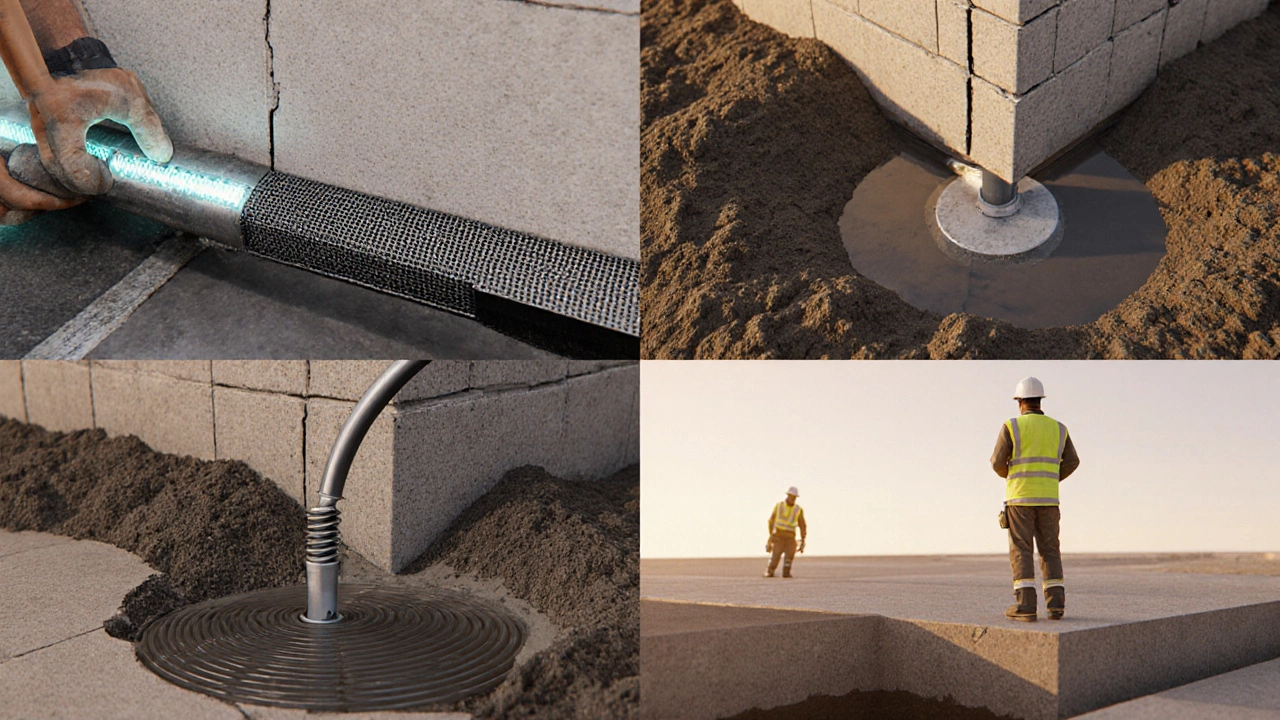
Choosing the Right Approach
Use this checklist to narrow down the best repair method:
- Is the crack moving? If yes, prioritize solutions that add tensile strength (wall anchors, carbon fiber).
- How wide is the opening? ≤¼ inch may need only epoxy injection; >½ inch often calls for underpinning or combined methods.
- What’s the soil type? Expansive clay may benefit from pressure grouting to fill voids.
- Budget constraints? Carbon fiber offers a cost‑effective balance for moderate cracks.
- Timeline? Carbon fiber and epoxy can be completed in 1‑3 days; underpinning may take weeks.
When in doubt, request a structural assessment. A qualified structural engineer a professional who evaluates load paths and recommends corrective action will provide a written report, recommended method, and cost estimate.
Cost and Timeline Estimates
Below is a rough guide based on 2025 market rates in the United States. Prices can vary by region, access difficulty, and contractor experience.
- Epoxy injection: $500-$1,200; 1-2 days.
- Carbon fiber reinforcement: $4,000-$7,000; 2-4 days.
- Wall anchors (helical): $5,000-$9,000; 3-5 days.
- Pressure grouting: $3,000-$6,000; 2-3 days.
- Underpinning: $10,000-$20,000; 2-4 weeks.
Always get multiple quotes and verify that each includes site prep, waste removal, and a warranty.
Preventive Measures to Keep Cracks at Bay
Most horizontal cracks are symptoms of underlying water or soil issues. Address these proactively:
- Improve drainage. Ensure gutters direct water at least 6feet away from the foundation.
- Install proper waterproofing prevents moisture from entering the foundation and causing expansion of soil membranes on exterior walls.
- Maintain consistent soil moisture. Use soaker hoses in dry seasons to prevent soil from shrinking.
- Inspect and seal foundation cracks early. Small hairline cracks can be patched with epoxy before they widen.
- Consider a perimeter drainage (French drain) system. This redirects groundwater away from the footing.
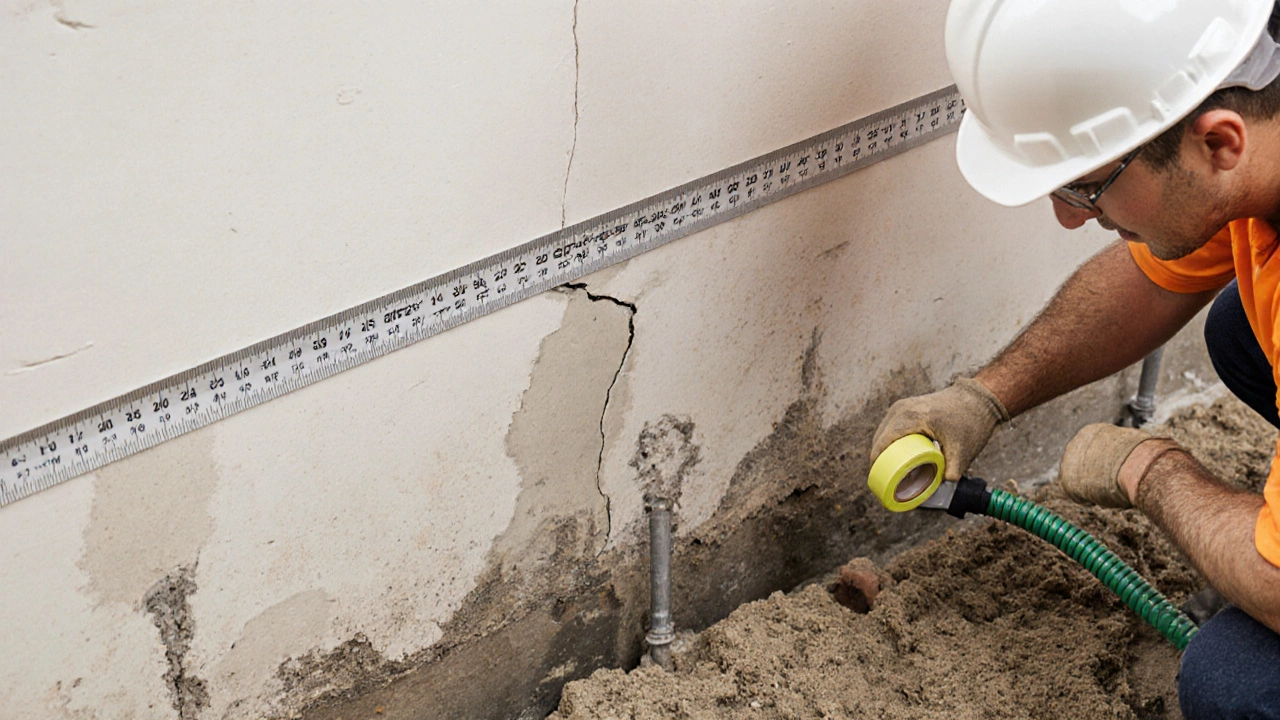
When to Call a Professional
Even the most diligent DIYer should hand over the job if any of the following appear:
- Crack width exceeds ¼ inch.
- Visible movement after rain or loading.
- Doors and windows jam or stick.
- Bowling or bulging of the wall.
- Signs of moisture intrusion (mold, efflorescence).
These signs suggest that the foundation’s structural stability the ability of the building to maintain its shape and load‑bearing capacity may be compromised. A structural engineer can conduct a load‑path analysis, propose a repair plan, and often coordinate with a licensed foundation contractor.
Next Steps & Troubleshooting
If you’ve identified a concerning crack, follow this short action plan:
- Document the crack (photos, measurements, date).
- Check for moisture sources and improve drainage immediately.
- Apply a temporary epoxy seal to stop water entry.
- Schedule a free on‑site inspection with a certified foundation specialist.
- Review the engineer’s report, compare repair quotes, and choose a method that fits your budget and timeline.
Should the repair not resolve the movement, revisit the soil‑pressure analysis-sometimes the underlying issue is far beyond the wall, such as a shifting footings or underground utility work.
Frequently Asked Questions
Can a horizontal foundation crack be fixed without a professional?
Minor hairline cracks (<1/16 inch) can be sealed with epoxy by a confident DIYer. Anything wider, moving, or associated with moisture should be evaluated by a structural engineer and repaired by a licensed contractor.
What’s the difference between carbon‑fiber reinforcement and wall anchors?
Carbon‑fiber strips adhere to the wall’s surface, providing tensile strength without penetrating the structure. Wall anchors are screwed into the soil and tied to the wall, delivering direct pull‑back against lateral pressure. Anchors handle larger movements, while carbon fiber is quicker and less invasive.
How long does it take for a repaired horizontal crack to settle?
After a proper repair, most walls stabilize within a few days to a week. Continuous monitoring for a month is recommended to ensure there’s no further movement.
Is pressure grouting enough for large cracks?
Pressure grouting fills voids and improves soil contact but doesn’t close wide cracks on its own. It’s often paired with carbon‑fiber straps or wall anchors for best results.
What signs indicate that soil pressure is the culprit?
Signs include cracks that appear after heavy rain, bowing of the lower wall, and moisture stains on the interior side. A soil‑bearing test by a geotechnical engineer can confirm pressure levels.

